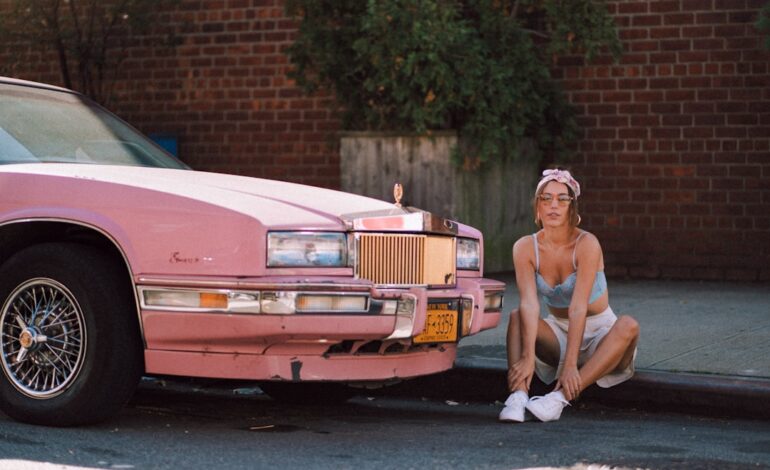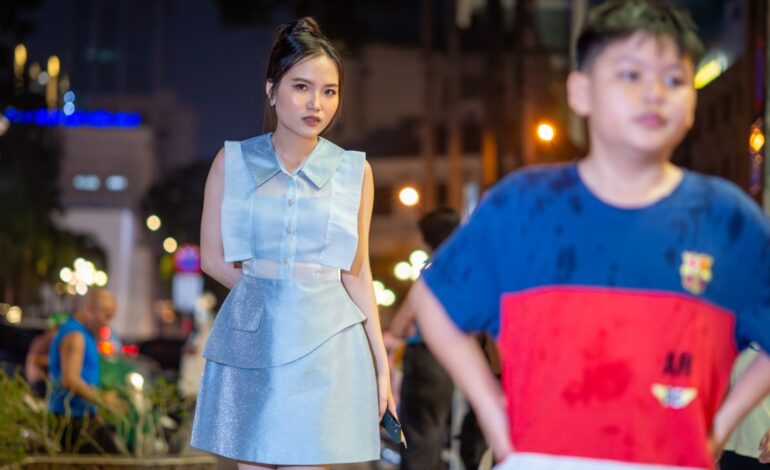Style with substance: your guide to an eco-friendly fashion lifestyle
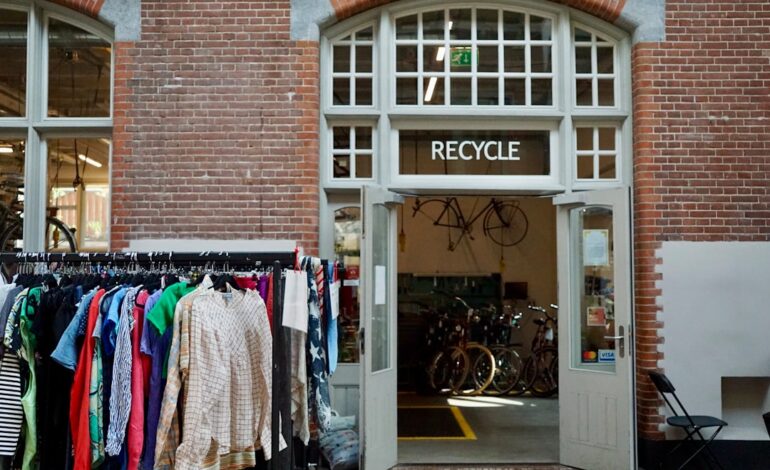
Can you be a fashion lover and an eco-warrior? Absolutely.
Let’s be honest, there’s nothing quite like the thrill of a new outfit. The rustle of a shopping bag, the perfect fit of a new pair of jeans, the confidence a killer dress can give you—it’s a language all fashion lovers understand. For years, the latest trends have been just a click or a quick trip to the mall away. But lately, a new conversation has entered the chat, one that’s a little less about what’s new and a lot more about what’s next for our planet.
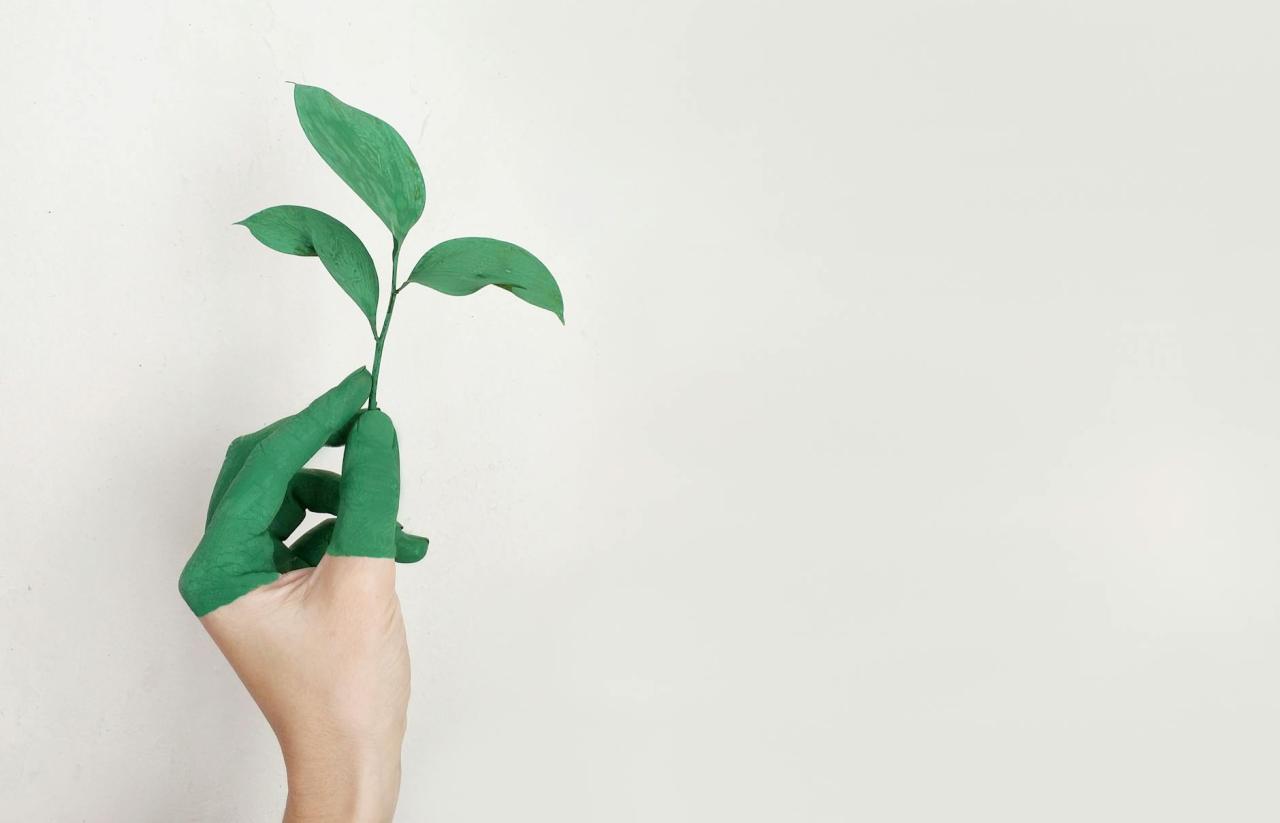
The rise of fast fashion has given us unprecedented access to trends, but it has come at a significant environmental cost. So, where does that leave us, the style-obsessed who also care deeply about the world we live in? The good news is you don’t have to choose between your passion for fashion and your commitment to the planet. Embracing an eco-lifestyle doesn’t mean sacrificing style. It means elevating it. It’s about being more intentional, more creative, and ultimately, more connected to the clothes you wear. This is your guide to merging high style with high standards, proving that a conscious closet is the most fashionable one of all.
Understanding the problem: the true cost of fast fashion
Before we dive into the fabulous world of sustainable style, it’s important to understand what we’re moving away from. Fast fashion is a business model characterized by producing high volumes of clothing at lightning speed to reflect fleeting trends, all at an incredibly low cost. While a five-dollar t-shirt seems like a bargain, its true price is paid elsewhere.

The industry is one of the largest polluters globally, contributing to massive water consumption, chemical pollution from dyes, and an ever-growing mountain of textile waste. It’s estimated that the equivalent of one garbage truck of textiles is landfilled or burned every single second. This cycle of overproduction and overconsumption encourages a disposable relationship with our clothes, where garments are worn only a handful of times before being discarded. Shifting our perspective starts with acknowledging this impact and choosing a more thoughtful path forward—the path of slow fashion.
The cornerstone of change: adopting a slow fashion mindset
If fast fashion is a sprint, slow fashion is a graceful, intentional stroll. It’s a movement that advocates for a more conscious and mindful approach to the clothes we buy and wear. It’s about choosing quality over quantity and timeless style over passing fads.
What is slow fashion, really?
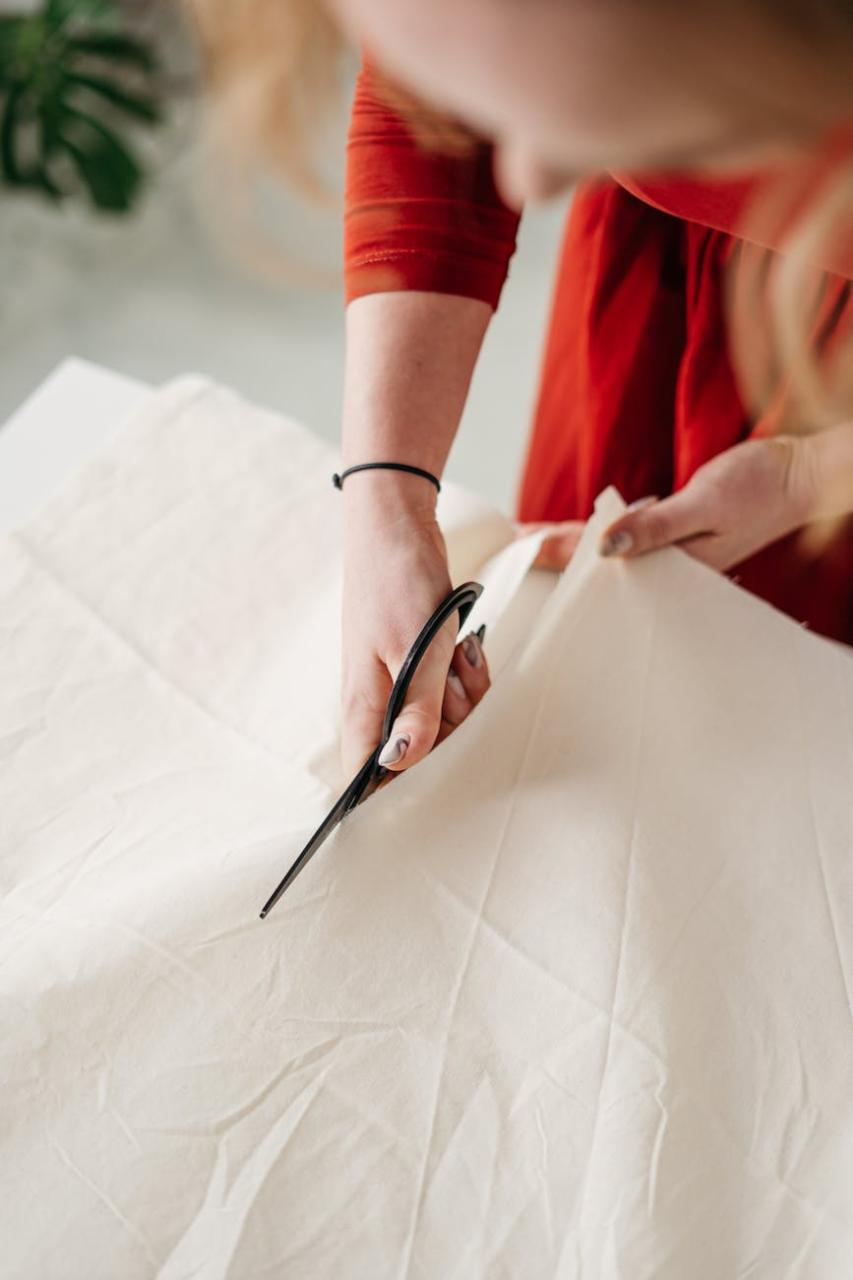
Slow fashion isn’t about ditching shopping altogether. It’s about changing your relationship with it. It means buying less but buying better. It’s about investing in pieces you truly love, that are made to last, and that reflect your personal style, not just a momentary trend you saw on TikTok. It’s a return to appreciating the craftsmanship, materials, and people behind our clothes.
How to cultivate mindful shopping habits
Adopting this mindset is the first and most crucial step. Before your next purchase, pause and ask yourself a few key questions:
- Will I wear this at least 30 times? The #30Wears challenge, started by Livia Firth, is a simple but powerful benchmark for determining if a potential purchase is a fleeting whim or a true wardrobe staple.
- Does this fit my personal style? Trends are fun, but a closet full of them can feel disjointed. Focus on pieces that genuinely feel like “you.”
- Is this an impulse buy? If you see something you love, give it 24 hours. If you’re still thinking about it the next day and can imagine multiple ways to style it with what you already own, it might be a worthy investment.
Building your conscious closet: practical steps
Ready to turn that mindset into action? Building an eco-friendly wardrobe is a journey, not an overnight transformation. Here are practical, stylish, and fun ways to get started.
Embrace the art of the capsule wardrobe
The concept of a capsule wardrobe has been a game-changer for fashion lovers everywhere. It involves curating a small collection of essential, versatile items that you love and that can be easily mixed and matched. Think of it as your greatest hits collection. A perfect white tee, a classic trench coat, well-fitting denim, a little black dress—these are the building blocks. By focusing on a core set of high-quality pieces, you’ll find you have more to wear with less in your closet. The result? Less decision fatigue in the morning and a consistently chic, put-together look.
Become a fabric connoisseur
The fabric of your clothes matters—a lot. Getting familiar with sustainable materials is like learning the secret language of eco-fashion. Keep an eye out for these planet-friendly options:
- Organic Cotton: Grown without harmful pesticides and using significantly less water than its conventional counterpart. It’s soft, breathable, and a sustainable staple.
- Linen: Made from the flax plant, linen is durable, naturally cooling, and requires very little water or pesticides to grow. It’s the epitome of effortless summer chic.
- Hemp: Similar to linen, hemp is a highly durable and sustainable crop that enriches the soil it grows in.
- Tencel™ (Lyocell): A celebrity in the eco-fabric world, Tencel is made from sustainably sourced wood pulp in a closed-loop system that recycles water and solvents. It’s known for its silky-smooth feel and beautiful drape.
- Recycled Materials: Brands are increasingly using recycled materials like rPET (from plastic bottles) or recycled cotton to create new fabrics, diverting waste from landfills.
The thrill of the hunt: second-hand and vintage treasures
Without a doubt, the most sustainable item of clothing is the one that already exists. Thrifting is no longer a niche hobby; it’s a chic and celebrated way to shop. Exploring second-hand stores, consignment shops, and online platforms like Poshmark, Depop, or The RealReal is a treasure hunt where the prize is a unique piece with a story. You can score designer labels for a fraction of the price, find incredible vintage denim that’s perfectly worn-in, and develop a one-of-a-kind style that no one else can replicate. It’s the ultimate win-win for your wallet, your wardrobe, and the planet.
Rent the runway (literally!)
Have a wedding, a gala, or a big event on the calendar? Instead of buying a dress you’ll likely wear only once, consider renting. Services like Rent the Runway offer access to a rotating closet of designer pieces for a flat monthly fee or a one-time rental. It’s the perfect solution for those special occasions, allowing you to indulge in high-end fashion without the commitment or the environmental footprint. It’s the core of the circular economy in its most glamorous form.
Beyond the buy: caring for your clothes sustainably
An eco-lifestyle in fashion extends far beyond the point of purchase. How you care for your clothes has a massive impact on their lifespan and the environment.
Wash less, wash smarter
A significant portion of a garment’s carbon footprint comes from how we wash and dry it. Simple changes can make a big difference. Wash your clothes in cold water whenever possible—it’s gentler on the fabric and saves a huge amount of energy. Opt for air-drying over machine drying to prevent fabric degradation and further save energy. And remember, not everything needs to be washed after a single wear. Jeans, sweaters, and jackets can often be worn multiple times before needing a cleaning.
Learn to mend and repair
A missing button or a small tear used to be a death sentence for a piece of clothing. It’s time to bring back the lost art of simple repairs. Learning to sew on a button, patch a hole, or fix a hem is not only empowering but also deepens your connection to your wardrobe. A well-loved, mended piece of clothing tells a story and carries a sense of character that something brand new simply can’t.
The proper goodbye
When it’s truly time to part with an item, don’t let the landfill be its final destination. If it’s still in good condition, consider selling it online, hosting a clothing swap with friends, or donating it. For items that are too worn to be re-worn, look for textile recycling programs in your area. Many brands and municipalities now offer drop-off points to ensure old fabrics are given a new life.
Spotting the fakes: how to avoid greenwashing
As sustainability has become a buzzword, many fast-fashion brands have jumped on the bandwagon with vague claims. This is known as “greenwashing”—marketing a product as more eco-friendly than it actually is. To be a truly conscious consumer, learn to look past the surface. Be wary of vague terms like “eco-conscious” or “green” without any specifics to back them up. Look for transparency and third-party certifications like GOTS (Global Organic Textile Standard) or Fair Trade. A truly sustainable brand will be proud to share the details of its supply chain and practices.
Your style, your statement
Embracing an eco-friendly fashion lifestyle is one of the most powerful statements you can make. It says you value quality, creativity, and compassion. Every choice—from opting for a vintage jacket to mending a beloved sweater—is a vote for a healthier planet and a more sustainable future for the industry we love. It proves that true style isn’t just about what you wear, but the story behind it. So go ahead, be the best-dressed person in the room, and know that your stunning look is part of a beautiful, positive change.
